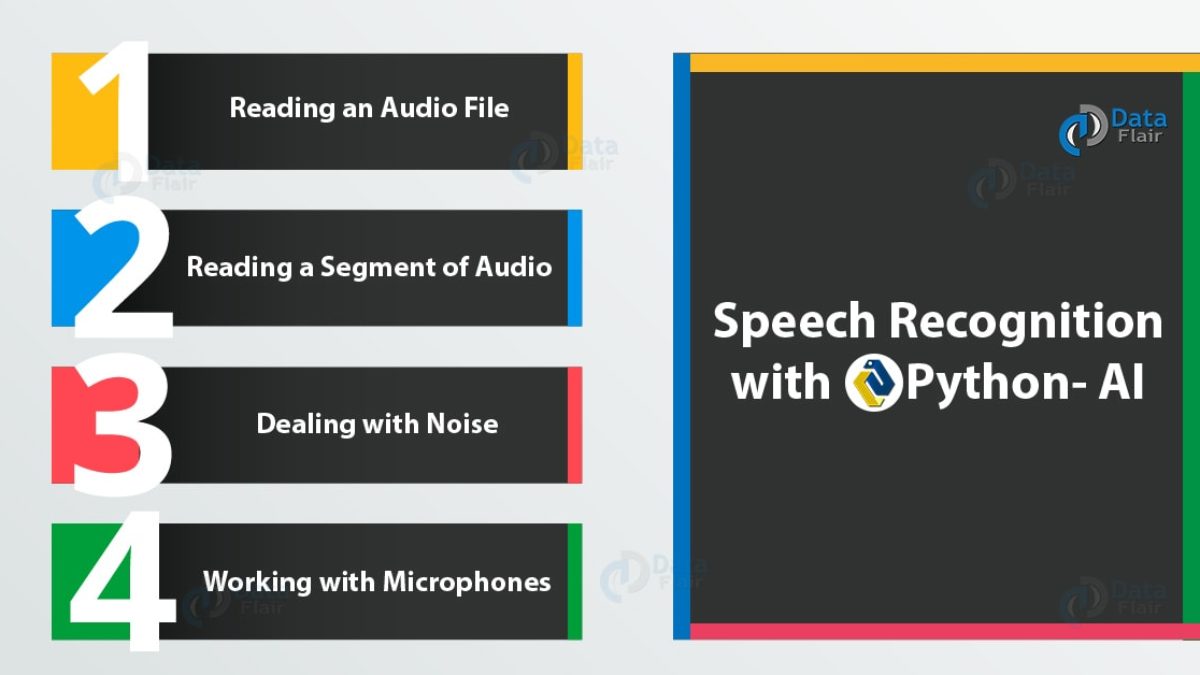
- Python text recognition how to#
- Python text recognition pdf#
- Python text recognition install#
- Python text recognition code#
Python text recognition install#
Python text recognition how to#
RELATED: How to Convert Speech To Text in Python.

The most recent stable version of tesseract is 4 which uses a new recurrent neural network (LSTM) based OCR engine which is focused on line recognition. W e gonna use pytesseract module for Python which is a wrapper for the Tesseract-OCR engine, so we can access it via Python. Tesseract library contains an OCR engine and a command-line program, so it has nothing to do with Python, please follow their official guide for installation, as it is a required tool for this tutorial. In this tutorial, we gonna use the Tesseract library to do that. Optical Character Recognition is the process of detecting text content on images and converts it to machine-encoded text that we can access and manipulate in Python (or any programming language) as a string variable. This is where Optical Character Recognition ( OCR) comes into play. They need some sort of a structured method or algorithm to be able to understand it. However, it is not the case for computers. This could improve the OCR recognition by PyTesseract significantly for some images.Humans can easily understand the text content of an image simply by looking at it. Scale the image to the optimal sizeĭepending on the image you can increase the size of the image: double the width and height. The lighter version is performing much better in comparison to the dark one. It may work for you just fine, it wasn't designed to run on your platform. While the bad example is here and the result is: De ee ec Ec Please keep this in mind if you run into problems. May work for you just fine, it wasn't designed to run on your platform. You are running Workbench on an unsupported operating system. The good version is and the ouput is: Unsupported Operating System How to improve the OCR results Use white color themes (dark text on white background)īelow you can see two examples of a good and a bad image containing one and the same text but giving completely different results: Text = pytesseract.image_to_string(im, lang='eng') Then open image by image and extract the text: from PIL import Imageįor root, dirs, filenames in os.walk(indir): If you have more than one image you can iterate over all and extract the text by os.walk.
Python text recognition pdf#
Only for PDF example you need to install imagemagick binding of python 3: pip install wand Text = pytesseract.image_to_string(image, lang = 'eng') ImageBlobs.append(imgPage.make_blob('jpeg')) PdfFile = wi(filename = ""/home/user/sample.pdf"", resolution = 300)


OCR or text extraction from PDF is divided in several steps: Python OCR(Optical Character Recognition) for PDF
Python text recognition code#
In order the code above to work you may need(unless you have them) the following additional packages. Here you can find list of other languages: Str = pytesseract.image_to_string(file, lang='eng') You will need to import pil and pytesseract: from PIL import Imageįile = Image.open("/home/user/sample.png") You could find interesting this summary python post: Python useful tips and reference projectīelow you can find simple python 3 example of reading image file and outputting the text to the console.


 0 kommentar(er)
0 kommentar(er)
